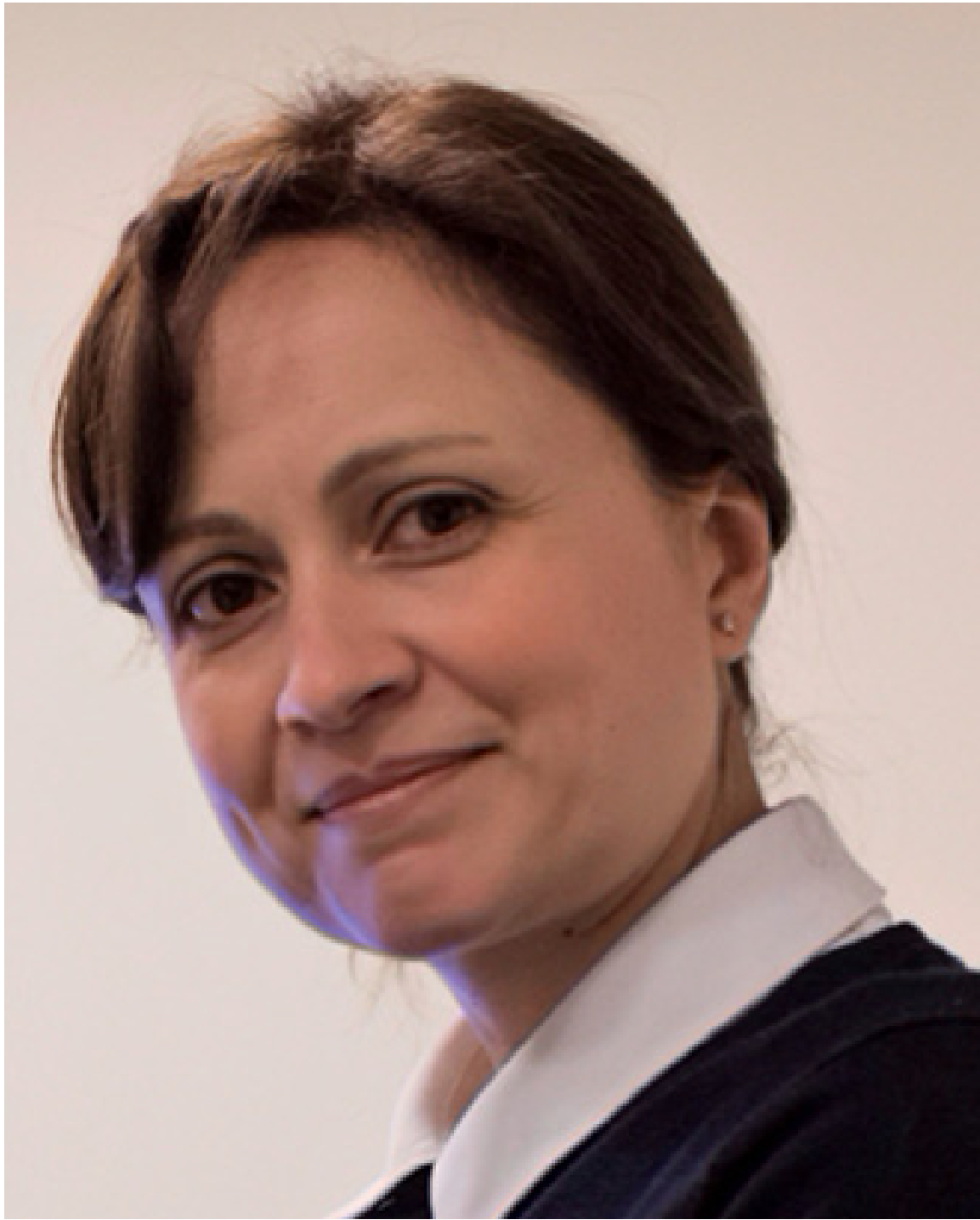HiWiN
High performance Wide specral range Nanoprobe
Announcements
Congratulations to the HiWiN Team!
- Successfully developed and tested the Campanile-type nanoprobe at Lancaster University, UK.
- Achieved initial integration of the nanoprobe into a scanning probe microscope.
- Transported the HiWiN microscope across the UK and European boarders and installed at FELIX-Nijmegen, Radboud University.
- Commissioned the microscope at FELIX and conducted initial measurements using the free-electron laser.
The HiWiN microscope is now a user facility at FELIX, open for cutting-edge research in physics and chemistry. It supports both far-field (mid-infrared through to terahertz) and near-field (mid-infrared with sub-micron spatial resolution) configurations.
The making of HiWiN
HFML-FELIX Nijmegen
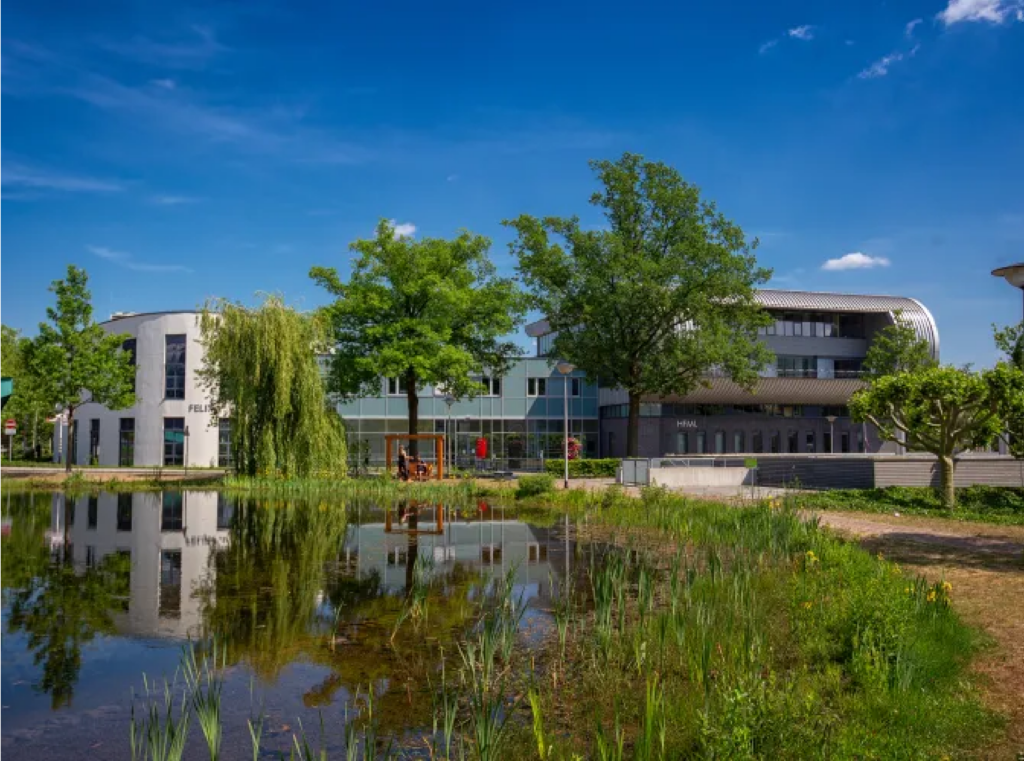
Mission & Vision
Mission
Our mission is to advance high-resolution light-matter interaction studies by developing state-of-the-art mid-IR to THz nanoprobes. Through innovative techniques such as adiabatic compression of light, we aim to push the boundaries of spectroscopy and enable localized excitation and probing of materials at nanoscale dimensions. This research strives to enhance the understanding of emerging physical and chemical phenomena in advanced materials.
Vision
Our vision is to pioneer the extension of sub-wavelength electromagnetic radiation focusing into the mid-infrared and terahertz spectrum, bridging the current gap beyond the visible and near-infrared spectral range. We aim to inspire groundbreaking discoveries in materials science and set new standards for high-resolution spectroscopy and nanoscale imaging.
Lancaster University
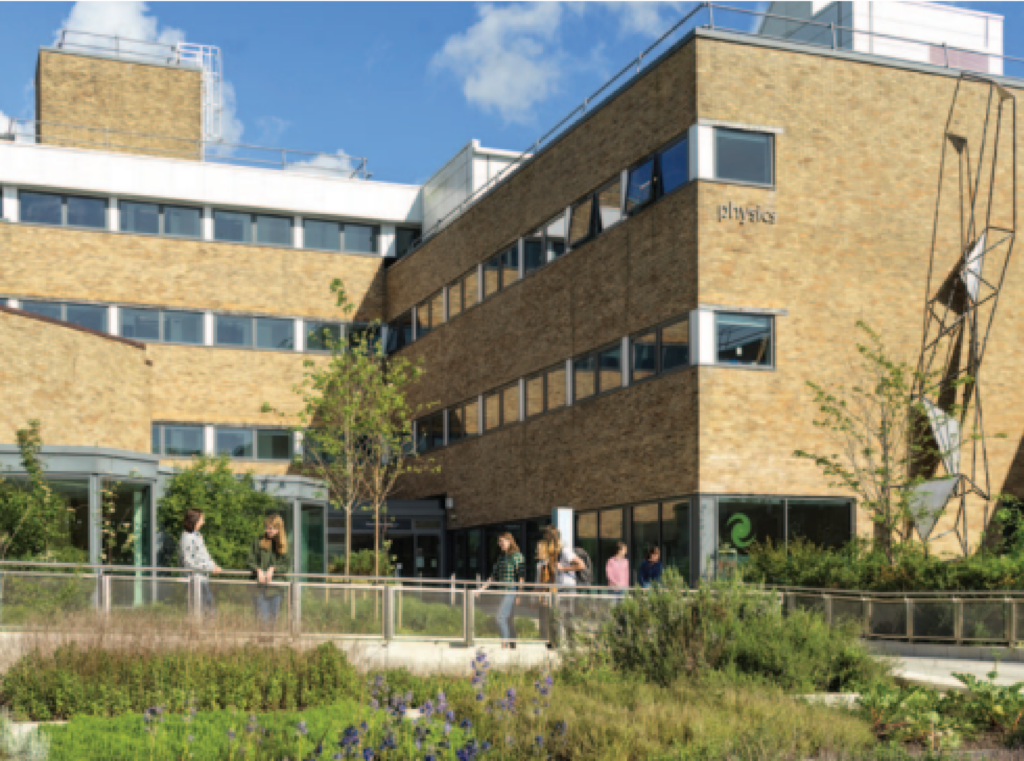
HiWiN Capabilities & Perspectives
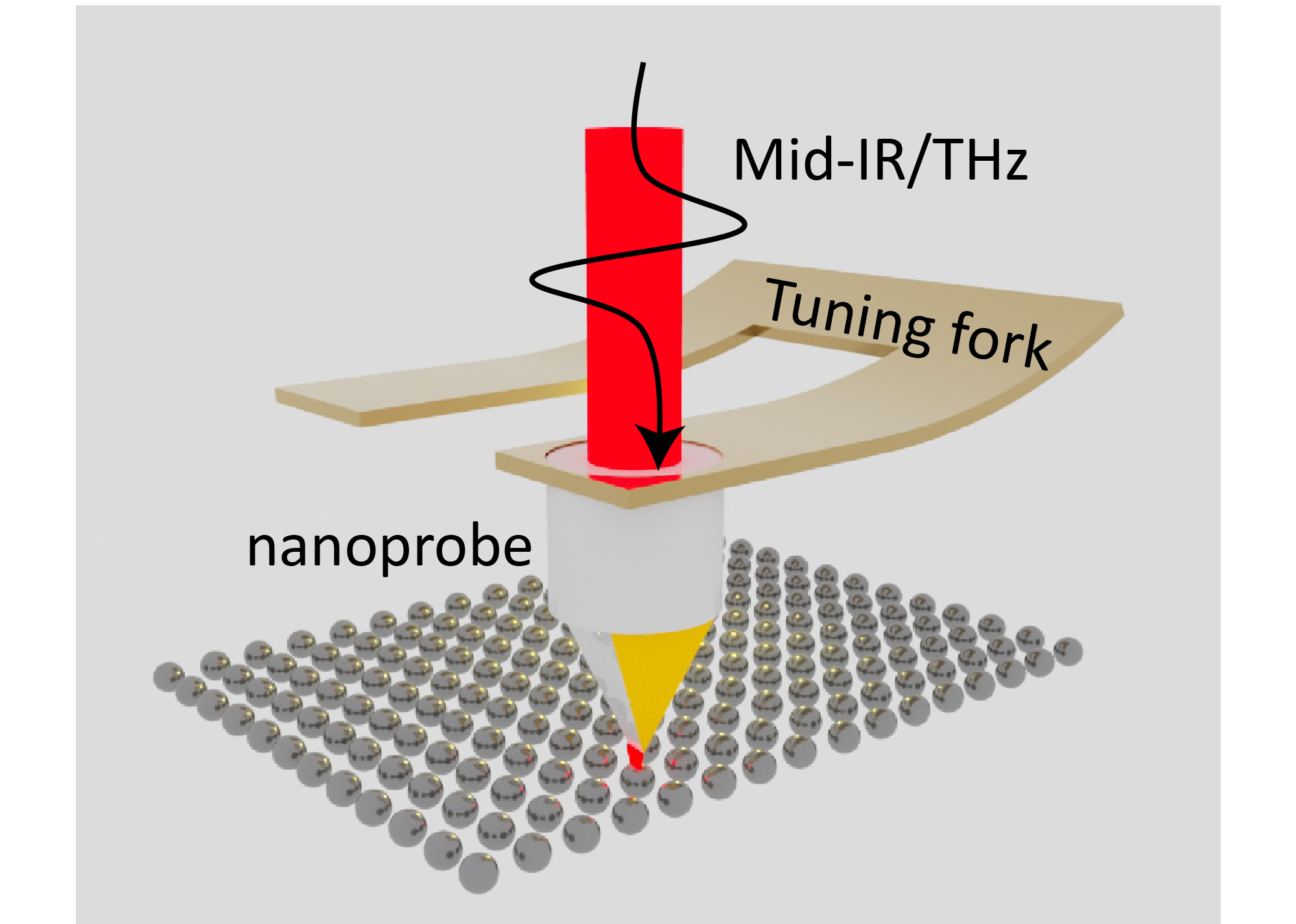
Precise control over sub-wavelength manipulation & probing.
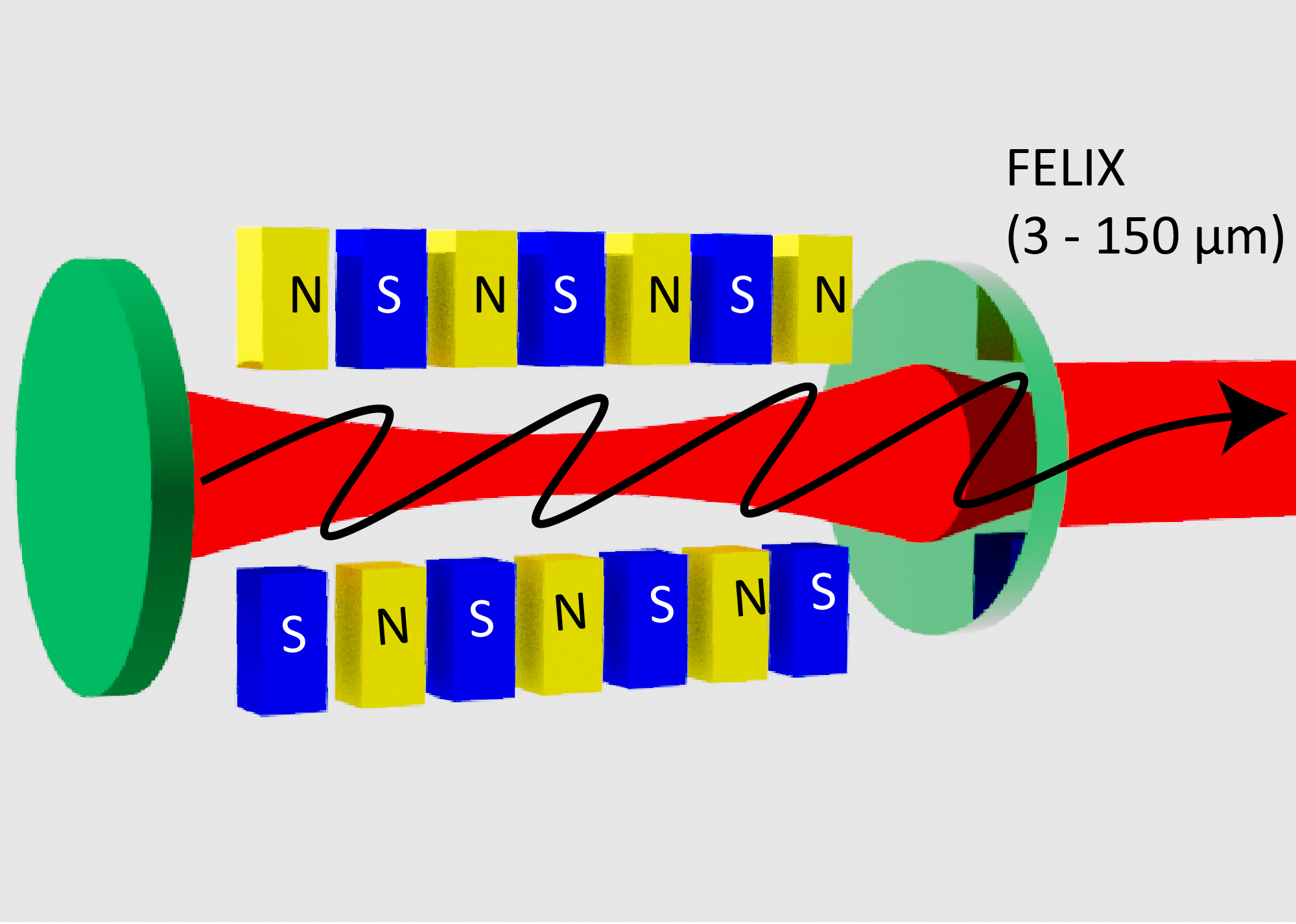
We utilize a wide spectral range operation with the tunable free-electron laser at FELIX-Nijmegen. Far-field measurements can be performed from the mid-infrared to terahertz range, while our microscope enables near-field measurements specifically in the mid-IR spectral range.

While our current setup achieves a spatial resolution of 1 µm with 10 µm incoming light, we aim to demonstrate nanoscale spatial resolution in the mid-infrared spectral range in the near future.
Publications & Recent Outcomes
- Sub-wavelength focusing of mid-infrared light using metal/diamond/metal campanile probe for ultra-broadband SPM, Royal Microscope Society AFM & SPM Conference 2024 – Durham University, Durham, United Kingdom. pdf
- Sub-wavelength focusing of mid-infrared light using metal/diamond/metal campanile probe for ultra-broadband SPM, Microscience Microscopy Congress 2023 – Manchester, United Kingdom. pdf
- Adiabatic compression of mid-IR light by diamond campanile probe unlocking localized photovoltaic response in graphene, in preparation.
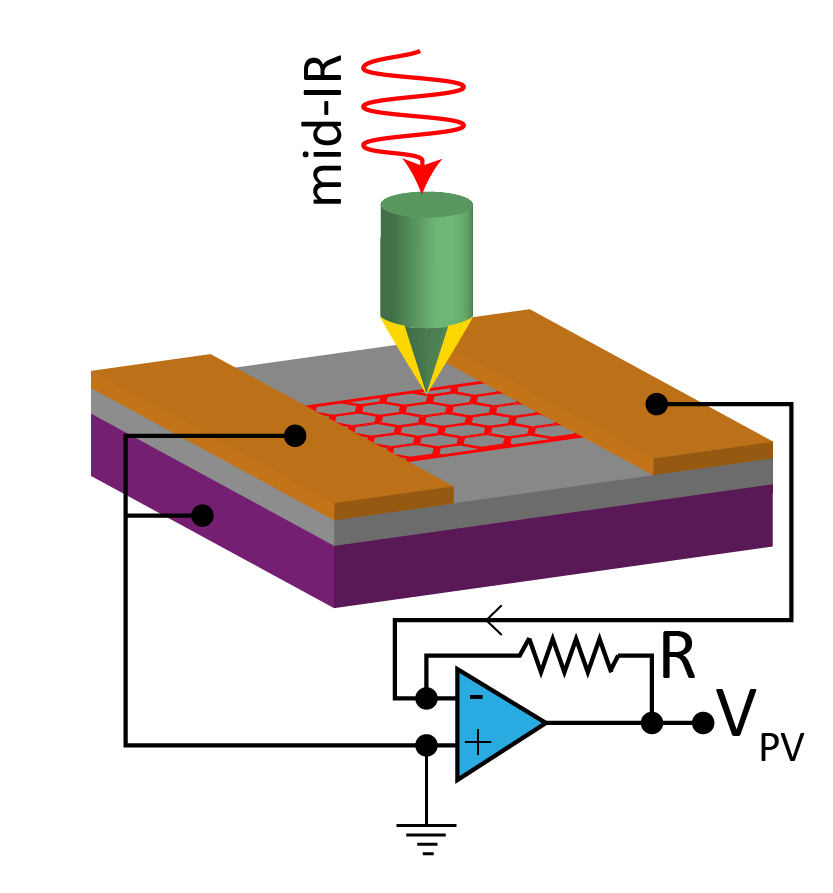
Research Team at Lancaster University, UK
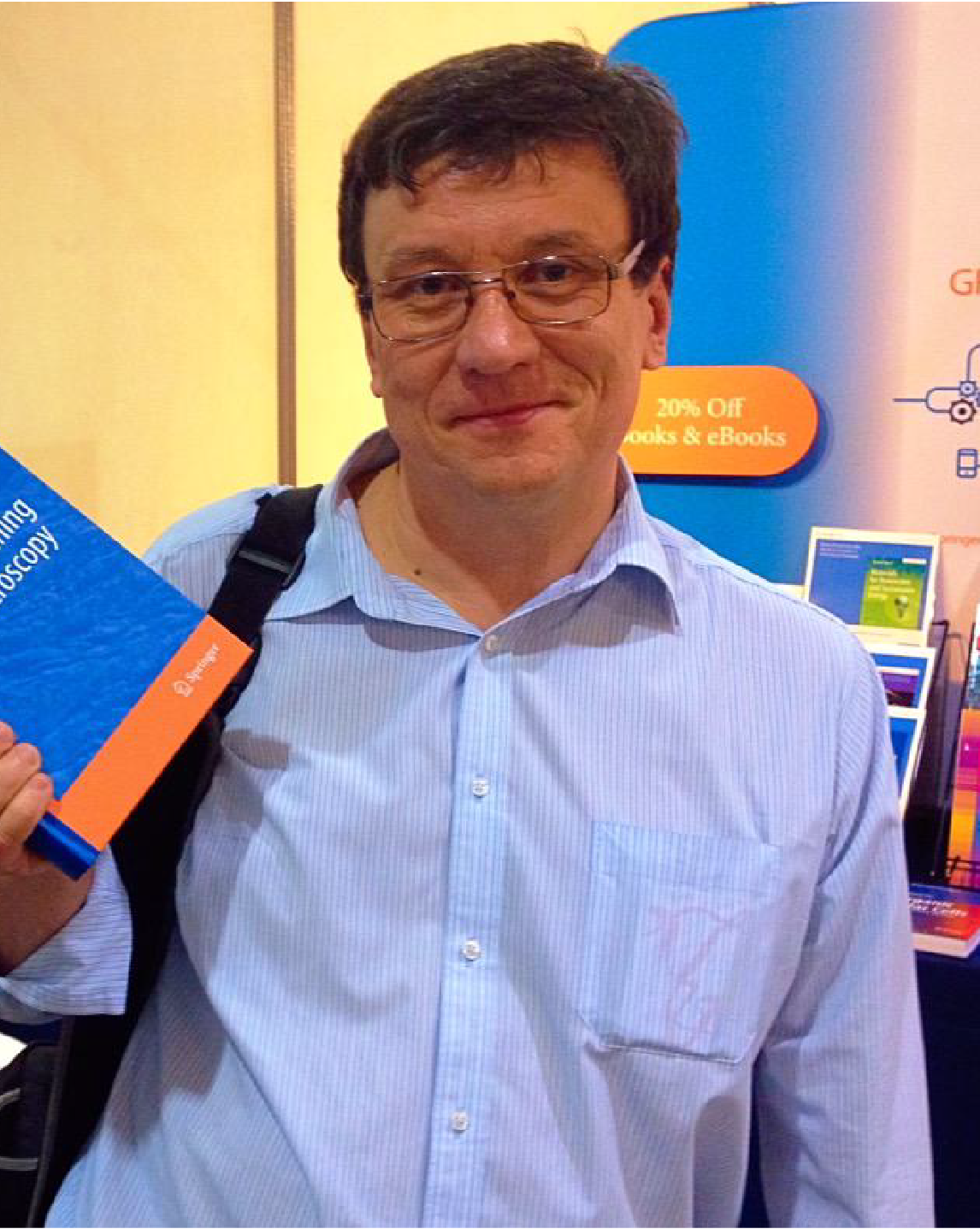
Oleg Kolosov
Professor of Nanoscience, HiWiN project Lead.
Rostislav Mikhaylovskiy
Reader in Physics, HiWiN project co-Lead.
Sam Jarvis
Senior Lecturer in Nanoscale Materials Characterisation.

Sergey Kafanov
Senior Lecturer in Experimental Condensed Matter Physics.
Rajasekhar Medapalli
Research Fellow, HiWiN main contact (experiments).
HiWiN Collaborators and Partners
Amalia Patanè
Professor of Physics and Director of Research, Faculty of Science, University of Nottingham, UK.
Nils Dessmann
Scientist, HFML-FELIX, Radboud University, The Netherlands.
Britta Redlich
Professor of Experimental Physics and Director of Deutsches Elektronen-Synchrotron (DESY) Hamburg, Germany.



